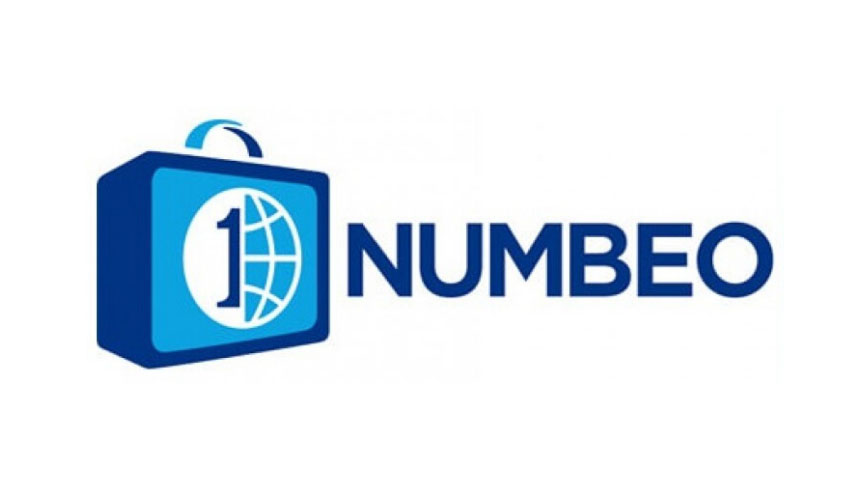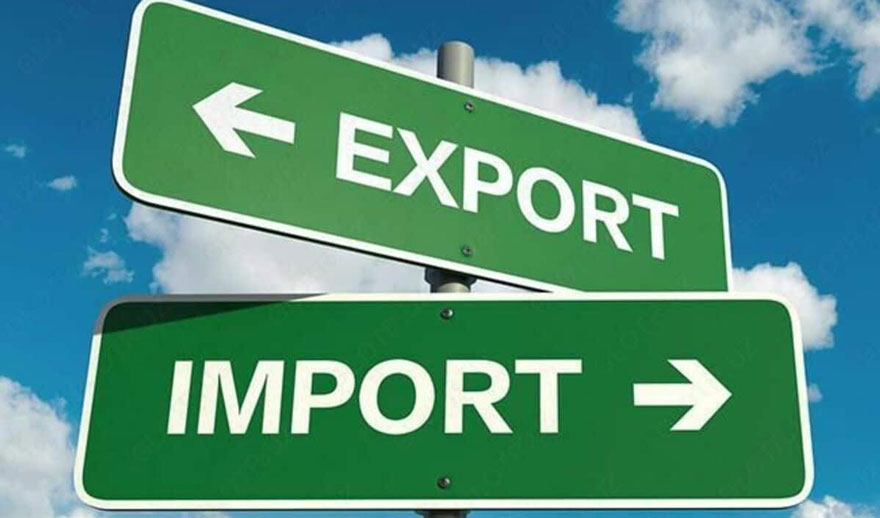
International relations specialists have long studied the use of asymmetry in economic relations to gain strategic advantage. In the 20th century, Albert Hirschman’s book “State Power and the Structure of Foreign Trade,” published in 1945, was a landmark. He showed that in unbalanced trade relations, dominant powers can use their position to extract political concessions from weaker partners. In the 1980s, David Baldwin’s bookState Economic Managementenumerated many forms of economic leverage and argued that sanctions, financial aid, and trade incentives could perform the same coercive function as military force.
In the 1990s, Edward Luttwak published an important article arguing that after the Cold War, economic competition replaced military conflict as the primary arena of great-power rivalry. For a long time, many believed that economic interdependence naturally strengthens peace. But in the early 2000s, this idea was challenged, with critics arguing that such “liberal illusions” masked the contradictions arising from imbalances of economic power.
In a 2013 book, “Treasury War,” Juan Zarate, a former U.S. deputy national security adviser, explained how financial networks could be used to fight terrorism and other illegal activities. Robert Blackwill and Jennifer Harris showed how reliance on the SWIFT interbank transfer system opens the door to new and effective types of sanctions, and Cameron Rotblat applied the logic of “pipeline weaponization” to other payment systems, clearinghouses, and central bank networks. Henry Farrell and Abraham Newman wrote about the “weaponization of interdependence” in 2019, arguing that countries that control key nodes in global networks of information and financial exchange can coerce or spy on rivals. Meanwhile, Anthea Roberts, Enrique Schoer Moraes, and Victor Ferguson found a transition “to a new Geoeconomic Order“-a world in which “security in economic policy and economics in strategic policy” have become the norm.
The context for all these studies was an era in which globalization had become a problem. The US has perfected the art of blacklisting alleged violators, cutting them off from dollar transactions and the world’s financial and payment systems without firing a shot. Meanwhile, China has woven its own web of dependence in the form of the Belt and Road Initiative (BRI), financing ports, railroads and industrial zones in Eurasia and Africa with debt.
China has increasingly exercised its dominance in the mining and processing of rare earth minerals (essential in high-tech manufacturing), threatening anyone who challenges it. For example, by controlling 70% of the world’s lithium processing, China has created an important bottleneck in the production of electric cars and has already engaged in weaponizing its position. Tensions in Sino-American relations have become an example of how strong mutual dependence is replaced by mutual hostility. In Europe, the race to reduce dependence not only on Russian energy, but also on U.S. payment systems and Chinese telecom has begun.
The problem is likely to persist because weaponizing bottlenecks in the economy is more acceptable to governments than traditional military action. But this tactic has a price. Over time, its use breeds suspicion and retaliation. Countries concerned about their vulnerability will go on the defensive, tightening trade policies and limiting technical cooperation.
In this fragmented strategic environment, every node in the economy (be it a transportation corridor, payment system, or data platform) becomes a potential front line. Over time, the weaponization of interdependence will splinter global trade into competing blocs, weakening the connections that have provided unprecedented wealth gains for billions of people over the past decades. When every pipeline or semiconductor production chain is perceived as a Trojan horse, it will be extremely difficult to cooperate on existential issues such as climate change or pandemics.
Carla Norrlöf,
Professor of Political Science at the University of Toronto and Visiting Senior Fellow at the Atlantic Council.
© Project Syndicate, 2025.
www.project-syndicate.org













